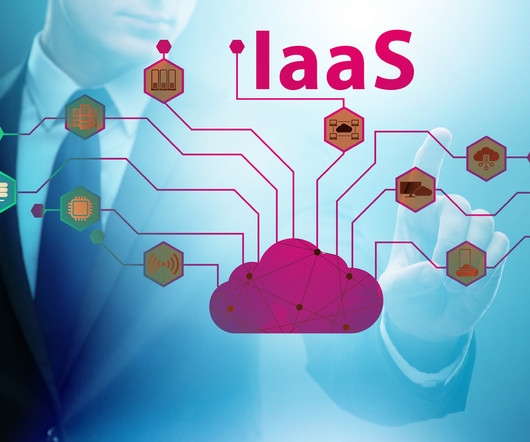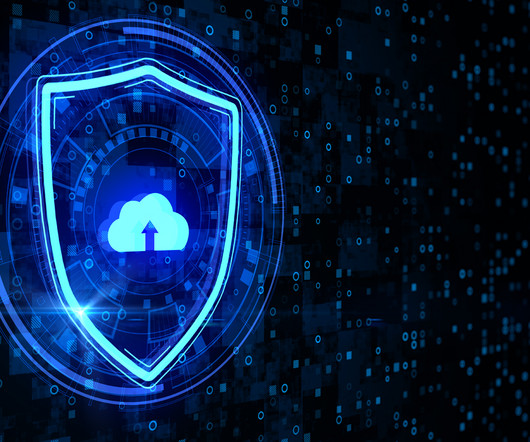What Is an Application Level Gateway? How ALGs Work
eSecurity Planet
FEBRUARY 23, 2024
An application gateway, also known as an application level gateway (ALG), functions as a critical firewall proxy for network security. Its filtering capability ensures that only certain network application data is transmitted, which has an impact on the security of protocols including FTP, Telnet, RTSP, and BitTorrent.












Let's personalize your content